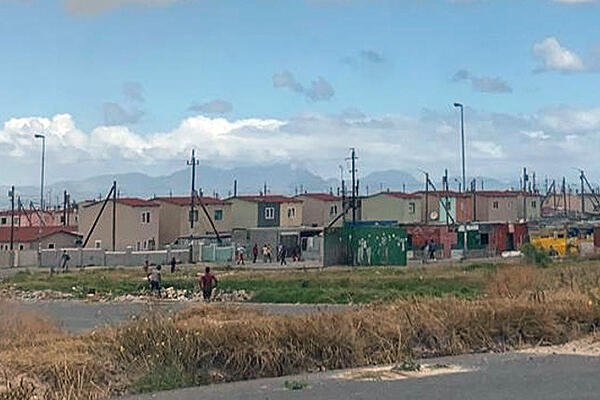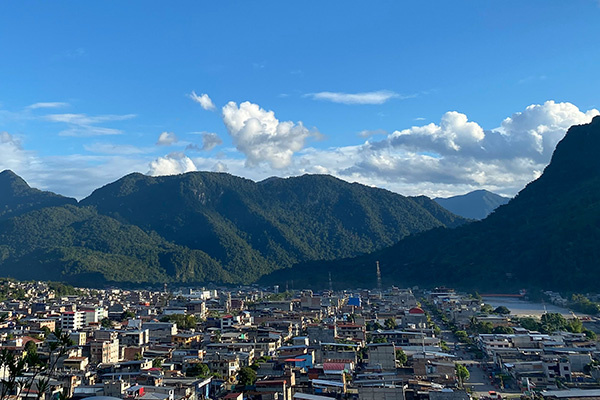Policy Research
More About Policy Research
The Growth Lab uses the Growth Diagnostics approach to identify the binding constraints to growth in the countries and regions where we work. We also use the Product Space and Economic Complexity frameworks as a starting point to understand opportunities for economic diversification and the accumulation of productive knowhow.
Search by Country Name, Project title, etc.
Lebanon
Towards a Sustainable Recovery for Lebanon's Economy
One of the most severe economic collapses in recent history has citizens unable to access their bank accounts, and the government struggling to provide basic public services. Our researchers propose a strategy that addresses all the dimensions of this crisis while recognizing the need to rapidly kick-start Lebanon's economic recovery.
South Africa
Growth Through Inclusion in South Africa
Intensive two-year applied research project included a deep diagnostic of South Africa's severe economic and social challenges. Final report describes how South Africa is not accomplishing its goals of inclusion, empowerment, and transformation and argues that new strategies are needed.
United States
Pathways to Prosperity in Wyoming
In this project, the research team is working in partnership with the Wyoming Business Council, numerous state agencies, local government offices, and Wyoming-based research institutions to develop stronger pathways to sustainable prosperity across the State of Wyoming.
More Projects
UNITED ARAB EMIRATES
Economic Growth and Trade in the UAE
As part of this initiative, the Growth Lab strives to provide rigorous and actionable research that can support the UAE Ministry of Economy, but also other key policymakers in the UAE, in their mission to promote high-quality sustainable growth, trade, and productivity-driven economic transformation.
Namibia
Promoting Sustainable and Inclusive Prosperity in Namibia
The Growth Lab has been working with Namibia since 2020 on understanding the drivers of macroeconomic sustainability, diagnosing the constraints to growth, studying inequality and labor market dynamics across the country, and more.
Research Agenda
Green Growth
Decarbonization presents a defining opportunity for growth by creating new industries, markets, and paths for economic development. The Growth Lab is researching how countries can leverage these trends to develop green growth strategies. Our research involves understanding changes in technology, patterns of demand, and value chains for green industries.
Working Paper
The Economic Tale of Two Amazons
This new paper synthesizes the findings of two Growth Lab projects that studied the nature of economic growth in the Peruvian and Colombian Amazon. While deforestation is often treated as inevitable to serve human needs, local and global, our research fails to find evidence of a tradeoff between economic growth and forest protection. The economic drivers in the Amazon are its urban areas often located far from the forest.
10
Country-Specific Projects
31
Research Fellows & RAs
15
Policy Publications
21
Student Internships
People
The Team
Led by Ricardo Hausmann, the Policy Research team consists of more than two dozen fellows and research assistants from 13 countries.
Join Our Team
Jobs & Opportunities
Join our team of leading economists and public policy experts to lead a cutting-edge development research agenda and gain first-hand experience working with policy partners, developing research inputs for policy design.






